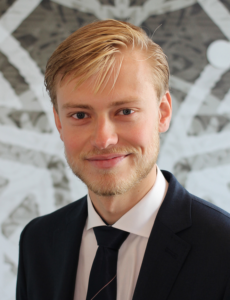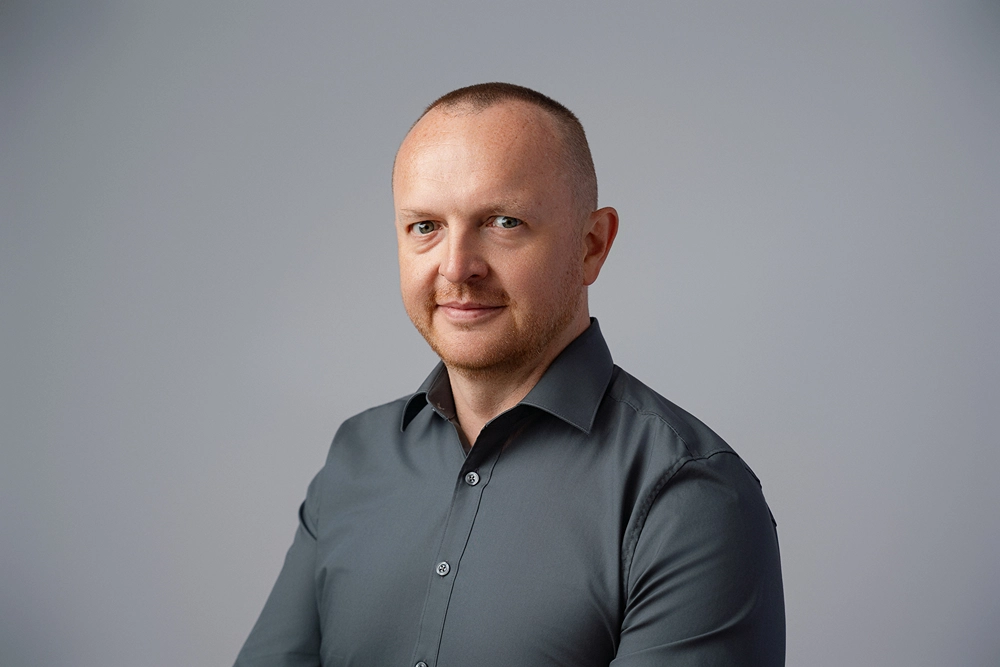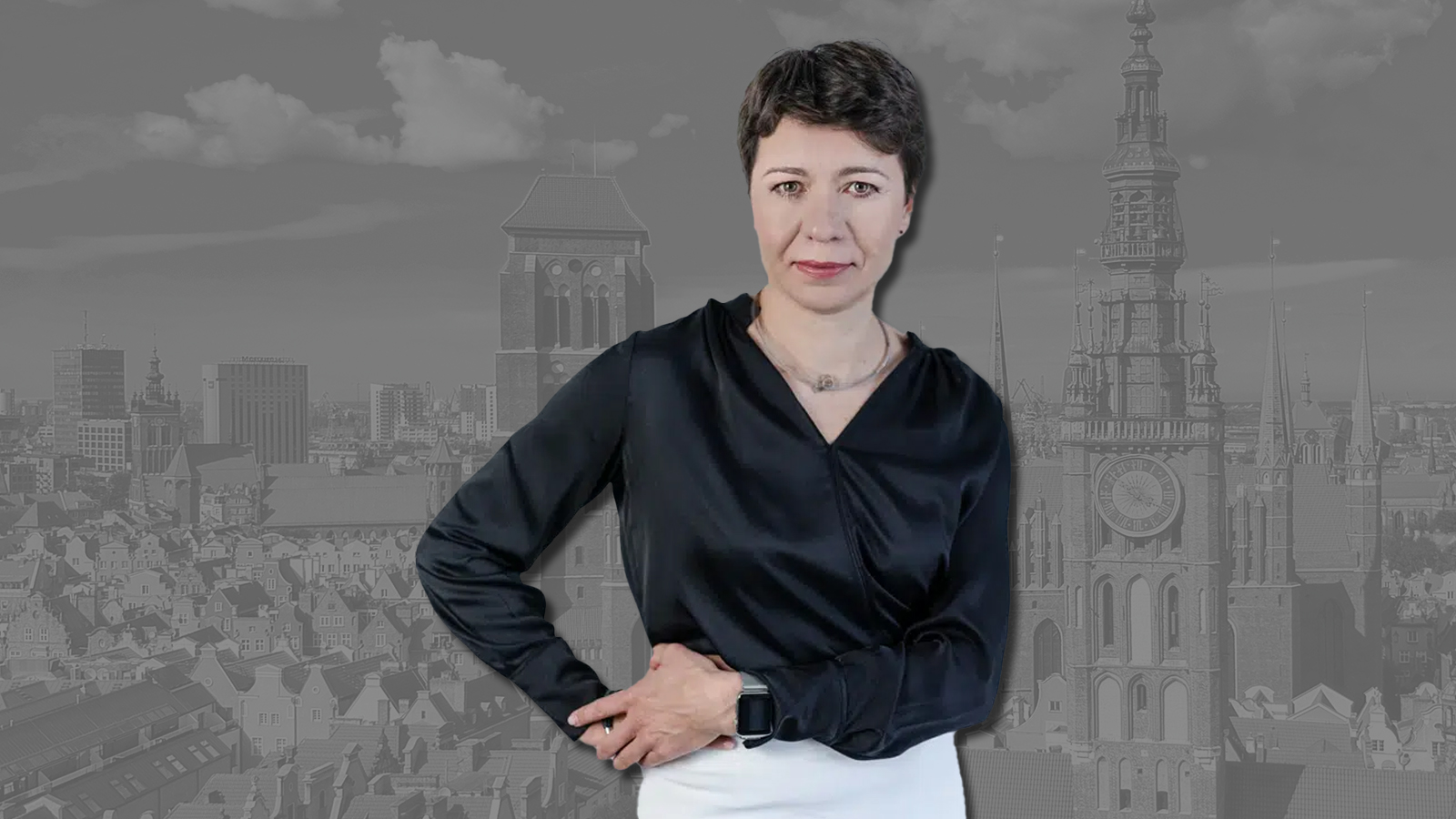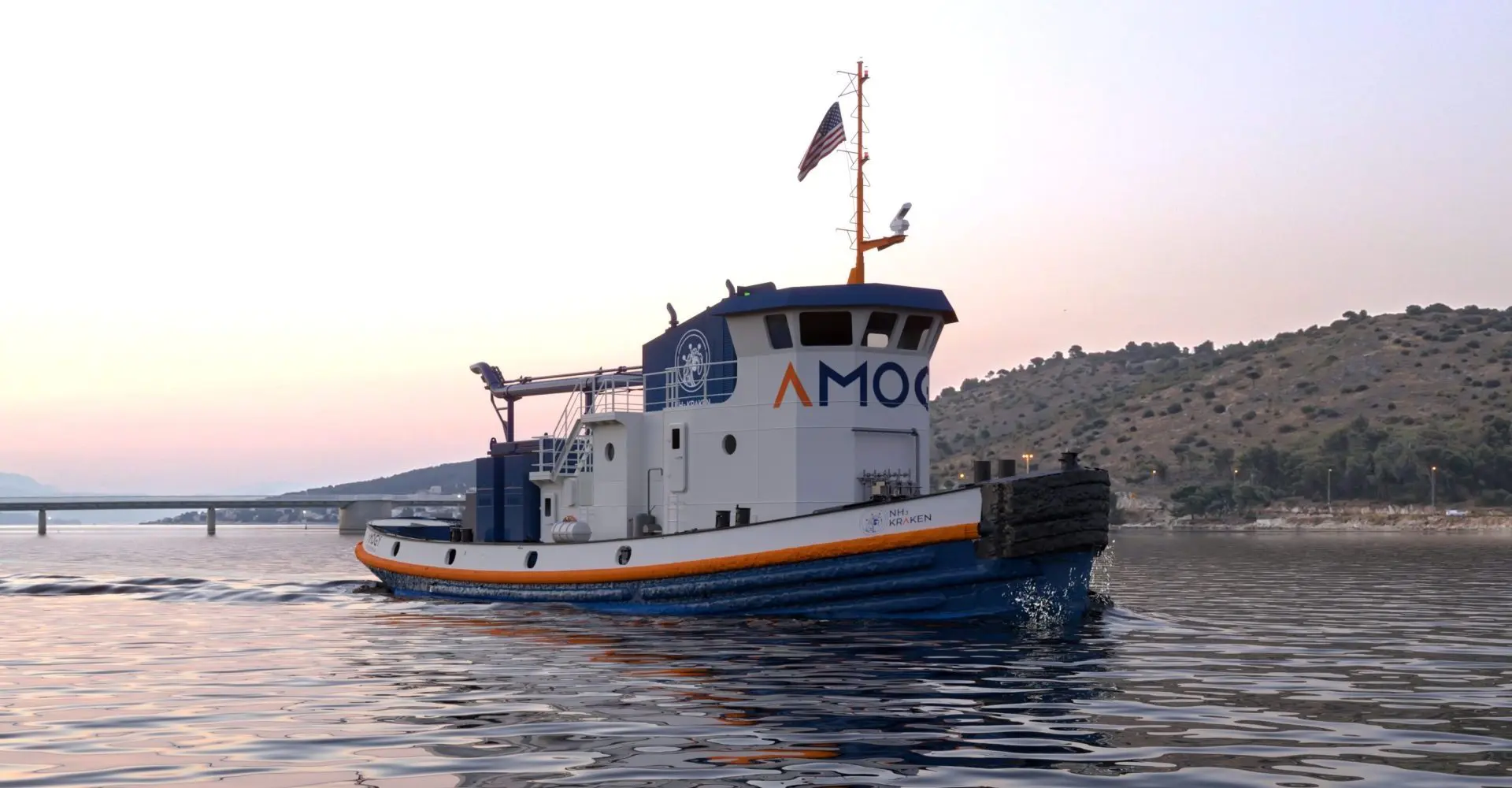C-Job Naval Architects has published new research which shows time-to-market of superyachts can be reduced by up to four-and-a-half months.
The global independent ship design and engineering company believes it can achieve this via a new way of engineering superyachts through what they call the ‘Dynamic Platform’. This allows owners to still fully customize their vessel, while reducing engineering time.

The man behind this research is Stefan van der Harst, Junior Naval Architect at C-Job. He proposes disconnecting the engineering of the lower part of the vessel and the upper part of the vessel. Looking at the trending superyacht size: between 50 and 80 meters. The upper part of the vessel is unique to each owner whereas the lower part, non-owner spaces, show great commonality.
Stefan explains: “The lower part of the vessel houses more of the technical and crew areas. Space claiming is exerted by all three disciplines to get the right space reservation in the final design. However, a great portion of early design phases is consumed by iterating the design, this to solve all clashes and grid mismatches.”
The dynamic platform is a tool that is based on scale-to-order philosophy. The platform translates the owner’s wishes into a finished basic design global model of the lower part of the ship. It does this through three stages, each stage more detailed than the previous. In the first stage a default model is chosen, the second stage introduces modularity to cope with variations in arrangement and the third stage scales the model to the desired dimensions.
Stefan continues “By eliminating the ‘space claim clashes’ and ‘grid mismatches’ via the Dynamic platform in an early stage of design, a significant design time reduction can be found of up to four-and-a-half months. This is half of the average time it currently takes to engineer the concept and basic design phase.
“More research is needed to make the Dynamic Platform a reality, however, the first insights are promising. Not just for concept and basic design phases, detail engineering could benefit as well as yachts outside of the 50 to 80 meters ranges.”
C-Job is renowned for its innovative ship design and engineering and has a strong track-record in several industries including superyachts, ferries, dredging and offshore (wind). The company’s Research and Development department focuses on new ways to improve and be innovative with both its designs and creation process.
C-Job currently has six offices worldwide with its headquarters on the outskirts of Amsterdam, the Netherlands. The ship design company believes clients should be closely involved in the entire ship design process, as it benefits the end product. With multiple locations worldwide, C-Job is able to support their clients no matter where they’re based to develop new, innovative and sustainable solutions to their specifications.
About the research:
Stefan van der Harst conducted his research at C-Job Naval Architects as part of his MSc in Marine Technology at Delft University of Technology. His thesis ‘Scale-To-Order. An engineering lead time reduction strategy for yachts.’ is the result of 11 months of in-depth research. The full report can be found here: https://repository.tudelft.nl/islandora/object/uuid%3A744fd797-dfe9-474c-80b2-72b88b7efdeb.
‘Scale-To-Order. An engineering lead time reduction strategy for yachts’ key findings:
- For the analysis of general arrangements, twelve yachts ranging from 50 to 81 meters were selected.
- The motorized displacement yachts were selected from varying shipyards to show that they all have similar ideas about arrangements.
- For the construction principles, eight reference vessels were used ranging between 40 and 109 meters of length. Regarding the scope of 50 to 80 meters, one of the eight vessels is shorter and two of them are longer. Only two of the eight vessels are also used for their general arrangement because of lack of information. Just as the with the selection of the first twelve vessels, the eight for construction are chosen based on the same characteristics.
- Typical construction layouts of the studied vessels show great commonality. Commonalities are found where the number and position of watertight bulkheads is consistent, the ducts and pipes are routed under and not through the girders, and the secondary stiffeners are longitudinally oriented. Also, great commonality is found in the longitudinal frame spacing, which allows for the distinction of two frame spacings that match the two arrangement layouts. The HVAC principles are mainly common on arrangement level, where the air-conditioning systems are split over different areas in the vessel. The same applies for the grey/black water systems, that also show commonality in their systems layout. For HVAC, the systems layout varies strongly between central heating or using fan-coils.
- The dynamic platform, as a part of the whole ship, imposes constraints to the way the superstructure is designed. On a global level these constraints are maximum dimensions, a maximum power consumption, a fixed total weight and a fixed centre of gravity. On a local, topological level, the superstructure has to match the items penetrating the main deck. Also some items, like AC units, need to be around or near a specific position.
- If the superstructure is assumed unaffected by the strategy, then a lead time reduction of three months can be achieved. This is possible because the production of the superstructure usually takes three months shorter than the production of the hull. If the lead time of the design phase of the superstructure can also be reduced, then the S-T-O strategy is expected to accommodate four-and-a-half months engineering lead time reduction.
- Engineering lead time reduction in the design phase of super-yachts can be supported by doing three things to the non-owner spaces below the main deck. Firstly, standard base topology with standard construction, HVAC, piping and cable principles. Secondly, modular variations to the parts known to have more than one common function assignment. Other functional variations will have to be engineered-to-order, but to make the dynamic platform effective, these new solutions should match the grid of the adjacent spaces, so that the rest of the platform stays intact. Thirdly, sizing of the (standard) systems, including the construction, ducting and piping is done using a parametric model with the overall ship length as main input. This parametric sizing also serves as a check for space claim, stability, watertight and fire integrity, structural strength and compliance of power plant between the fuel supply and the exhaust.


